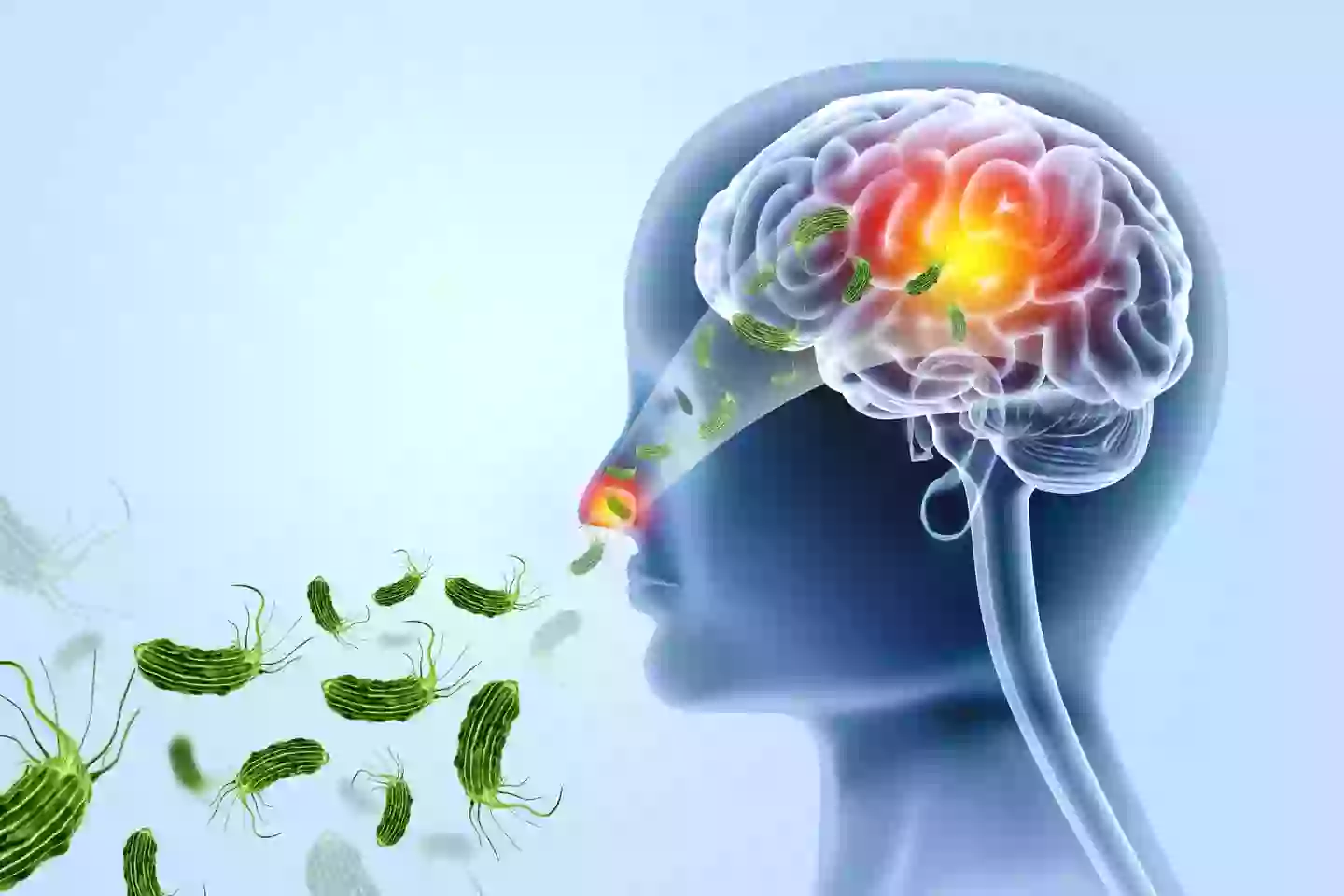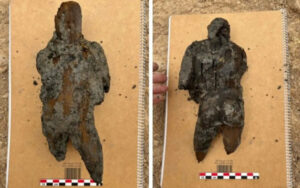Terrifying Brain-Eating Amoeba Invades Through Nose, Leaving Man Dead—Could You Be at Risk?
Who knew a fun day waterskiing at the popular Lake of the Ozarks could turn into a real-life horror story? Earlier this month, a man in Missouri tragically lost his life after contracting a brain-eating amoeba—yes, you read that right—that rare little terror lurking invisibly in freshwater. Officially called Naegleria fowleri, this microscopic beast sneaks in through the nose and unleashes a devastating infection known as amebic meningoencephalitis (PAM). It’s insanely rare, but when it strikes, the outcome is almost always grim. Makes you wonder—when was the last time we stopped to think about what’s floating around in the lakes we splash in for fun? Trust me, you’ll want to know what this creepy critter is all about before you dive in.
A man has died in the US after contracting a brain-eating amoeba while waterskiing at a popular tourist destination.
Earlier this month (13 August), officials from the Missouri Department of Health and Senior Services confirmed that a man had been diagnosed with an extremely rare condition known as amebic meningoencephalitis (PAM), which he is believed to have contracted while engaging in the recreational activity at the Lake of the Ozarks.
The press release added that the man had contracted the Naegleria fowleri, a microscopic amoeba which is present in freshwater throughout the US.
A week later the DHSS confirmed the unidentified man had died after being treated in an intensive care unit.
“We extend our deepest condolences to the loved ones of the patient,” the agency said in a statement.
What is Naegleria fowleri?

The man is believed to have contracted the infection while visiting the Lake of the Ozarks (Getty Stock Images)
Often referred to as a brain-eating amoeba, Naegleria fowleri enters the body through the nose and causing infection in the brain.
According to WebMD, the amoeba is found in places such as lakes, ponds, mud puddles and untreated water.
“The Naegleria fowleri ameba then travels up the nose to the brain where it damages the brain tissue. This infection cannot be spread from one person to another, and it cannot be contracted by swallowing contaminated water,” the DHSS added.
Symptoms of infection (PAM) include:
- a stiff neck
- confusion
- headache
- fever
- vomiting
- hallucinations
Symptoms can develop anywhere between one and 12 days after exposure. As this disease develops, patients will typically fall into a coma.
How common are Naegleria fowleri infections?
Despite the amoeba being present in freshwater across America, reports of infections are very rare.

While infections are rare, they are nearly always deadly (Getty Stock Images)
According to the CDC, around 10 people get PAM every year in America. Between the years of 1962 and 2024, there had been 167 reported cases of infection.
However, the disease is nearly always fatal when contracted, with the survival rate being less than three percent. Of the 167 reported cases, only four people have made a recovery.
Once inside the brain, the disease eats away at the tissue and causes the brain to swell.
How can you prevent Naegleria fowleri infections?
When it comes to preventing Naegleria fowleri infections, the DHSS recommends a number of measure to minimising the amount of water which can enter through the nose.
This includes:
- avoiding putting your head under water when swimming in untreated freshwater.
- wearing a nose-clip or holding your nose shut when jumping or diving in freshwater
- avoid stirring up sediment at the bottom of lakes or riverbeds.



















